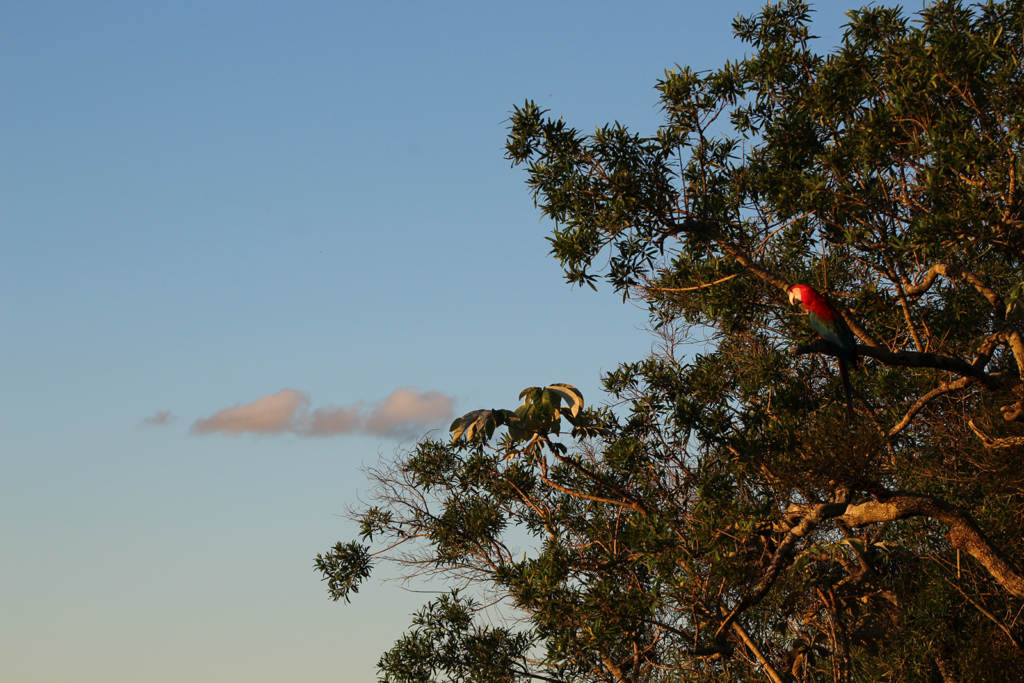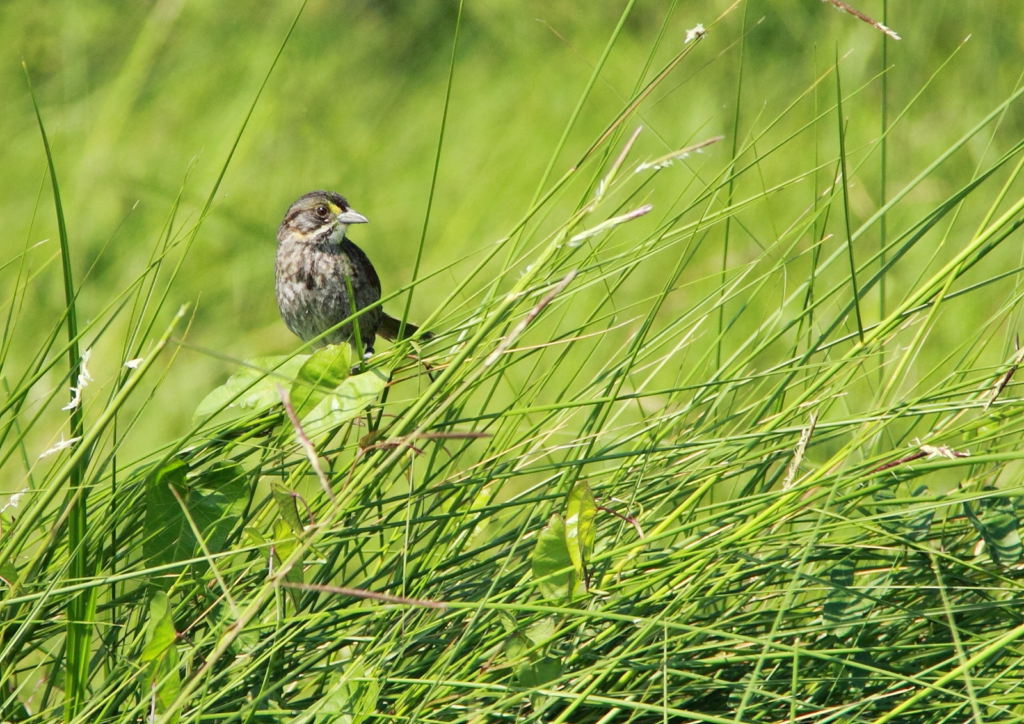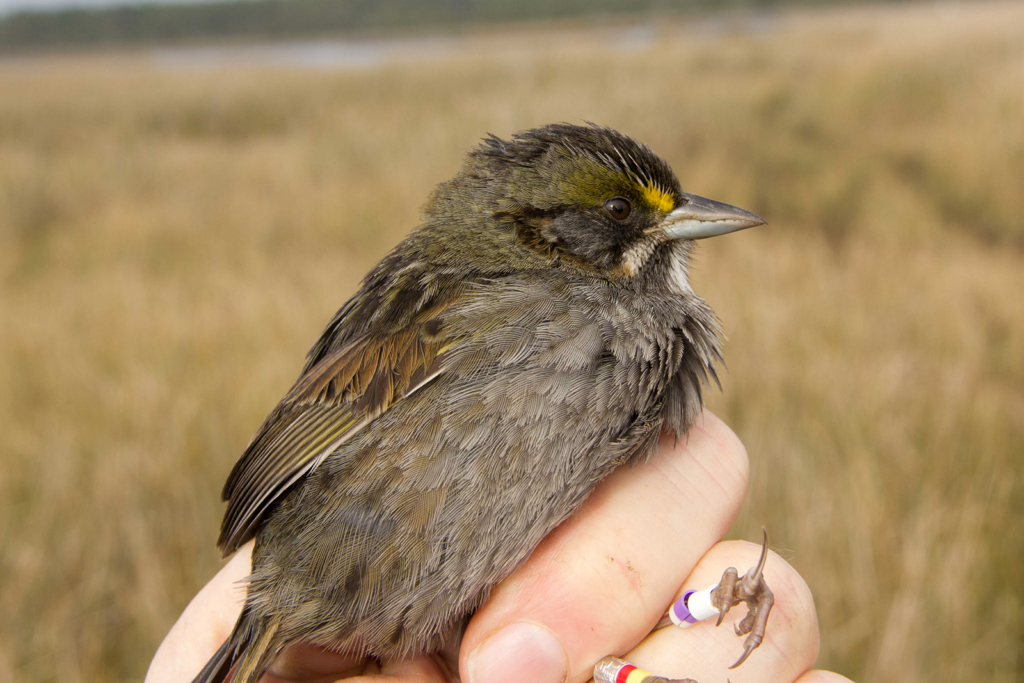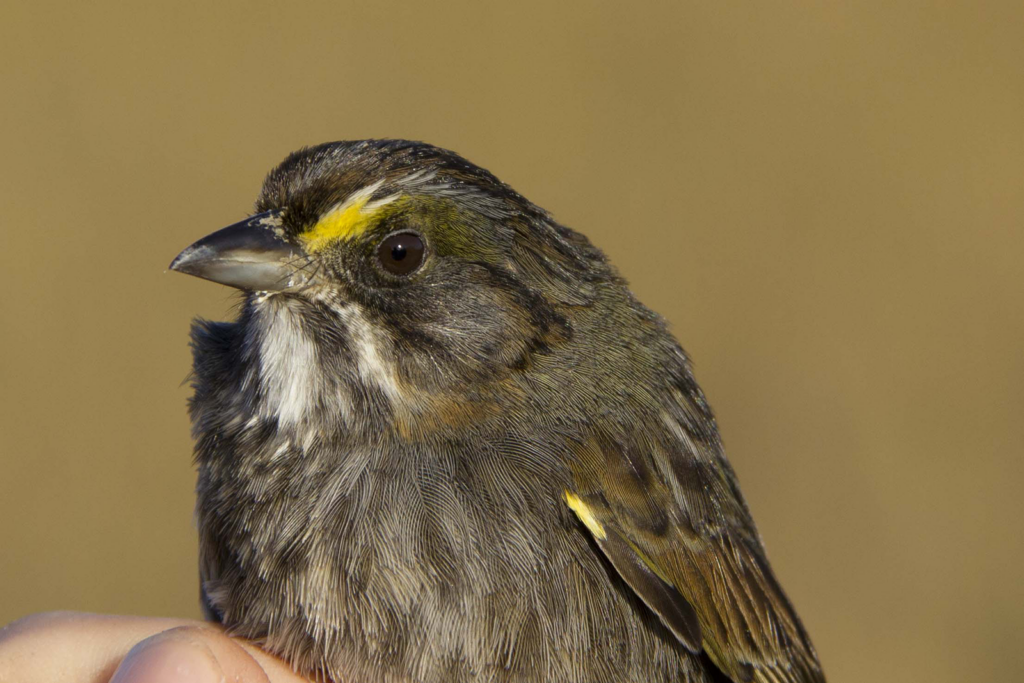By Sabrina S. Taylor, Senior Editor, Ornithology
A Special Feature bringing together a series of papers highlighting Advances in Avian Diet: Methods and Applications in the AOS journals Ornithology and Ornithological Applications has published the next two papers of the series in the February 2022 issue of Ornithological Applications (see the links below or the January 2022 issue of Ornithology for four previously published articles). The latest two papers are original scientific studies that examine the diet of reintroduced birds and compare the utility of stomach versus fecal samples in describing diet with DNA metabarcoding.
Volpe et al. used behavioral observations and DNA metabarcoding to examine the diet of reintroduced Red-and-Green Macaws (Ara chloropterus) and assess whether these captive-bred birds were able to forage effectively once released to the wild. Both behavioral observations and DNA metabarcoding showed that released macaws ate a variety of plant species (n = 49) from 28 families. Furthermore, dietary richness as estimated by each technique was similar, although each methodology detected several plant species that the other did not. These results demonstrate that reintroduced macaws were able to forage successfully in the wild, a critical step in restoring locally extinct macaw populations and the ecosystem services these birds provide as dispersers and regulators of plants with large seeds.
Snider et al. used DNA metabarcoding to compare descriptions of diet obtained with stomach and fecal samples in Seaside Sparrows (Ammospiza maritima). Because digestion may affect prey DNA detection and overall estimates of diet, this comparison is important for understanding whether and which prey species may be missed as a consequence of sample type. Paired stomach and fecal samples within an individual showed distinct foraging bouts; however, measures of species richness and diversity were similar for both sample types at the population level. Accordingly, fecal samples have a clear advantage in examining diet with DNA metabarcoding: they are collected non-invasively without any apparent loss of dietary information. This study will help researchers in their choice of sample type and justify the use of fecal samples in future studies.
The final two articles of the Special Feature will present a review of the ecological and evolutionary perspectives on diffuse competition and diet in the New World wood warblers, and an original article examining the diet of woodpeckers in burned forests—both to be published in the April issue of Ornithology.
Included Papers in the Advances in Avian Diet: Methods and Applications Special Feature
Diet composition of reintroduced Red-and-Green Macaws reflects gradual adaptation to life in the wild by Noelia L. Volpe, Bettina Thalinger, Elisabet Vilacoba, Thomas W. A. Braukmann, Adrián S. Di Giacomo, Igor Berkunsky, Darío A. Lijtmaer, Dirk Steinke, and Cecilia Kopuchian. Ornithological Applications.
Metabarcoding of stomach contents and fecal samples provide similar insights about Seaside Sparrow diet by Allison M. Snider, Andrea Bonisoli-Alquati, Anna A. Pérez-Umphrey, Philip C. Stouffer, and Sabrina S. Taylor. Ornithological Applications.
Endogenous biomarkers reveal diet partitioning among three sympatric species of swallows by Kaelyn H. Bumelis, Michael D. Cadman, and Keith A. Hobson. Ornithology.
Evaluating the impacts of metabarcoding primer selection on DNA characterization of diet in an aerial insectivore, the Purple Martin by Anna M. Forsman, Brandon D. Hoenig, Stephanie A. Gaspar, Jason D. Fischer, Joe Siegrist, and Kevin Fraser. Ornithology.
Current methods and future directions in avian diet analysis by Brandon D. Hoenig, Allison M. Snider, Anna M. Forsman, Keith A. Hobson, Steven C. Latta, Eliot T. Miller, Michael J. Polito, Luke L. Powell, Samantha L. Rogers, Thomas W. Sherry, David P. L. Toews, Andreanna J. Welch, Sabrina S. Taylor, Brady A. Porter. Ornithology.
DNA metabarcoding reveals broadly overlapping diets in three sympatric North American hummingbirds by Austin R. Spence, Erin E. Wilson Rankin, Morgan W. Tingley. Ornithology.
Note: Additional papers in this Special Feature will be linked here as they become available. See the first post in this blog post series on the Advances in Avian Diet Special Feature curated by senior editor, Sabrina Taylor.







COMMENTS